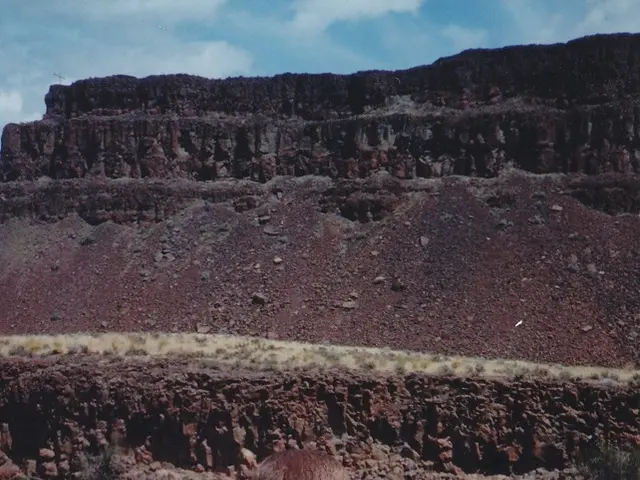Earth's Reflectivity Declines, Northern Hemisphere Darkens Faster
Earth's reflectivity is decreasing, with the Northern Hemisphere darkening faster than the Southern Hemisphere. This shift, driven by various factors, is raising questions about the Earth's climate system.
Norman Loeb, a NASA scientist, led a study published in PNAS, revealing that the Earth reflects 30 to 40% of sunlight, much more than the Moon's 6 to 7%. However, Earth is darkening year by year, with the Northern Hemisphere leading this trend. Loeb's team analyzed satellite data from 2001 to 2024, showing that the Southern Hemisphere maintains reflectivity due to natural events like forest fires and volcanic eruptions, while cleaner air in the North reduces clouds and reflectivity.
Scientists previously believed both hemispheres had the same reflective ability. However, melting ice in the Arctic and Antarctic is exposing dark soil, further reducing the Earth's reflectivity. This asymmetry in reflectivity is shaping Earth's climate and energy balance, but scientists are questioning why the climate system isn't compensating for this imbalance.
The Earth's reflectivity is decreasing, with the Northern Hemisphere darkening faster. This is driven by cleaner air, melting ice, and other factors. Scientists are studying this phenomenon to understand its impact on the Earth's climate system and energy balance.







